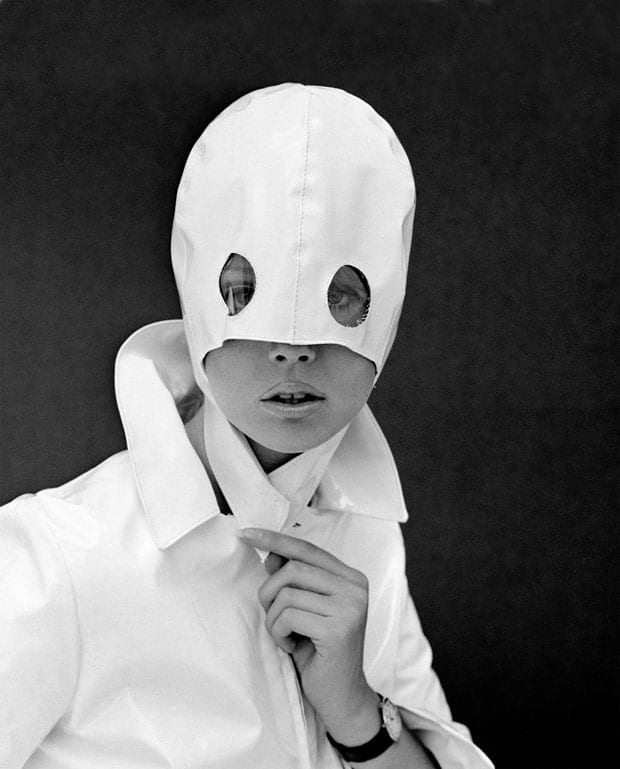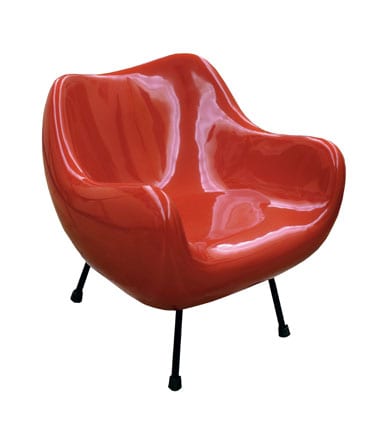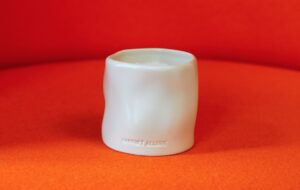
words William Wiles
Faced with the global menace of communism, the Western powers discovered that decent kitchen appliances could defeat nuclear bombs, finds William Wiles.
In a fit of enthusiasm a few months after the collapse of the Soviet Union, my school set up a penpal programme with a school in Hungary. I clearly remember the first letter I received from my opposite number: it was dominated by a defensive rant about how people in the Eastern Bloc weren’t as primitive as they were portrayed in the West, and did, after all, have microwaves and fridge-freezers. It was quite an eye opener. I had never seen Western white goods as a pointed political statement.
Indeed, when Dieter Rams created his minimal, ultra-functional design ethos for Braun in the 1950s, he had in mind an escape from politics. He had grown up under Nazism, and now lived in West Germany, a new state on the new front line against communism.
His high modernism was in large part intended as an expression of neutrality, untainted by ideology.
This was an illusion. From 1954, Braun had been in a creative alliance with a new design school, the Hochschule für Gestaltung in Ulm. The HfG was funded by the American authorities in Germany with the explicit intention of making design the basis of West German material prosperity. As Cold War Modern, the V&A’s landmark design exhibition, demonstrates, the Americans saw well-designed consumer goods as a way of innoculating the population of Western Europe against communism. In the 1950s, the West might have been slipping behind in the race to build bombs and get into space, but it could do high-quality white goods. No fewer than four state-of-the-art kitchens were deployed to the American National Exhibition in Moscow, alongside a film by the Eameses intended to show that they really were in use in the West.
Consciously or unconsciously, then, Rams was a component in an ideological contest between capitalism and communism, as was German modernism in general. Marxism-Leninism politicised everything; after all, if it was a scientific improvement on capitalism, then it should be able to deliver superior (and politically pure) homes and consumer goods.
For the West, modernism had appeal for its apparent lack of politics – it was a stark contrast to the relentlessly dogmatised Soviet Union. But the NATO allies were not happy to let market forces defeat communism on the kitchen front unassisted. Huge state subsidies sloshed around the design and architecture schools of the NATO allies. Art, design and architecture were integrated into the military-industrial complex, enjoying its side-products, sharing in its aesthetics and even coming to suffer from its neuroses.
Global ideological struggle, the space race, mid-century ideas of modernity and nuclear paranoia – it’s a vast story, and the V&A tells it with a sense of professional ease. Cold War Modern is a magnificent show, easily matching the considerable hype that had built up in anticipation of its opening. Not only is there a colossal amount of unexpected and rare design on display, the exhibition exudes a confident sense of intellectual ballast, flaunted by a truly superlative accompanying book, edited by curators David Crowley and Jane Pavitt. Cold War Modern can be seen as a sequel to 2006’s Modernism 1914-1939; a third installment, bringing the trilogy up to date, is said to be planned.
One presentational irritation that stuck in the mind was the lighting – the show is swathed in gloom, the ceiling awash with red light. It’s pleasingly reminiscent of Dr Strangelove at first, but quickly becomes a little tiresome. Perhaps some of the furniture pieces, like aging starlets, have to be lit just so. On the bright side, it turns out that antique fibreglass looks amazing.
Cold War Modern is at the Victoria & Albert Museum, London, until 11 January 2009
www.vam.ac.uk



















